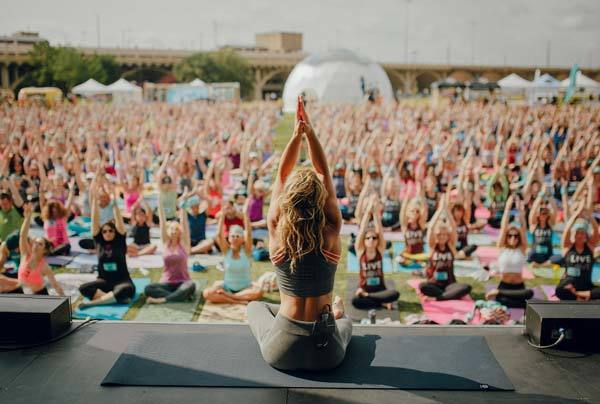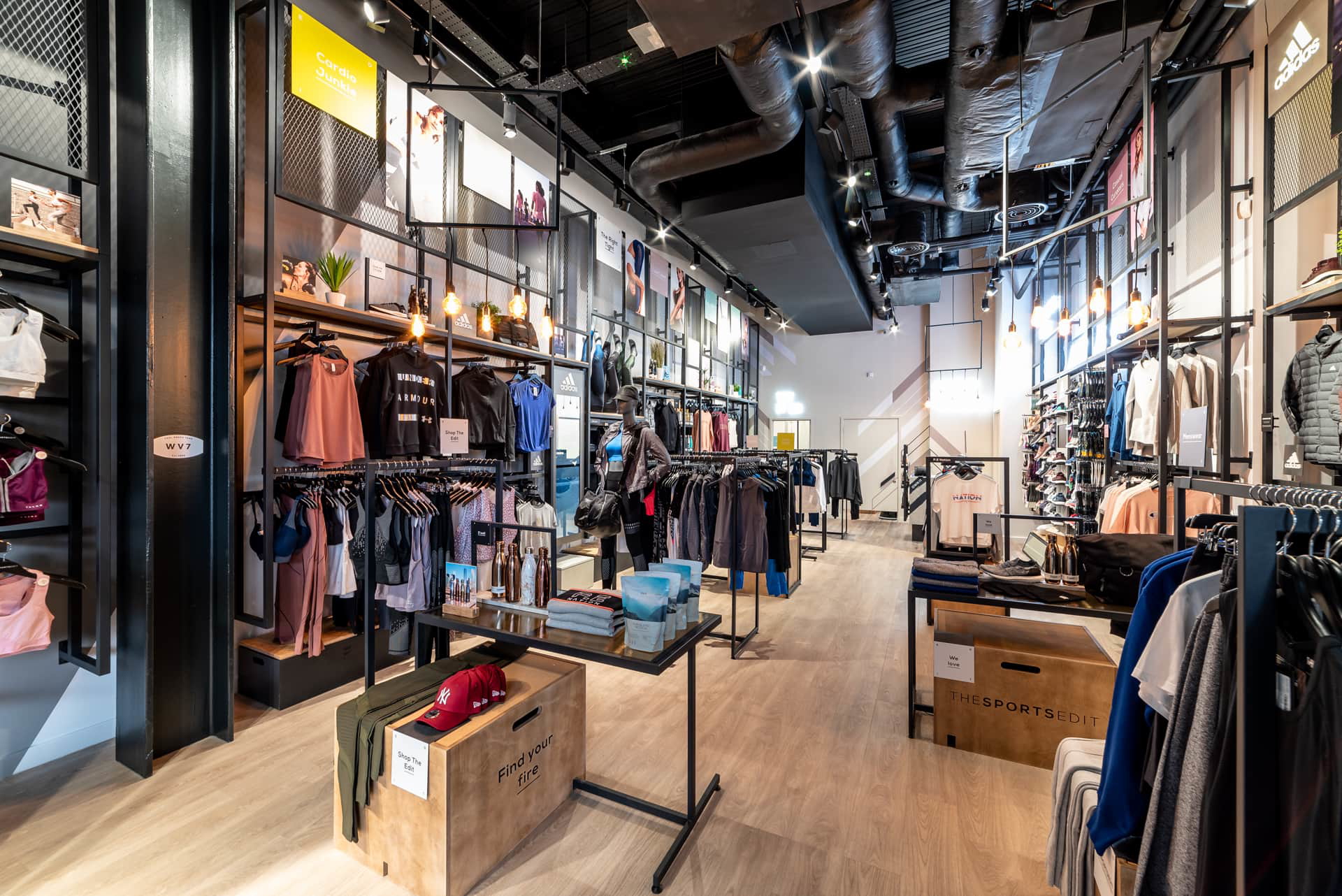The Transformation of Athleisure

The increasingly conscious consumer
“At this point, it’s pretty-safe to say that athleisure is much more than a trend or a fashion-fad.”
As the industry reaches a colossal scale and an appetite for comfort grows, activewear retailers face the pressure of living-up to increasingly knowledgeable consumers.
We look at the permeation of athleisure in modern retail and the influence of the conscious activewear consumer.
The demand for wellness
In our last thought piece, we explored the wellness trend which has altered the shape of retail platforms across the globe. A trend still in its infancy, yet no longer deemed a fad, wellness has majorly influenced today’s consumers, sparking a generation of shoppers whom pursue products and experiences which make them feel good.
This pursuit of wellness is closely related to the rapid growth of the athleisure industry. We may not have increased our levels of exercise, but we certainly have a greater understanding of how activewear has become a visible display of wellness which reaches far beyond the gym or workout studio. To accommodate this cultural shift and develop an accessibility to wellness, athleisure retailers are broadening their offering from just gear for gym-junkies; supplying their consumers with everything from yoga matts and ergonomic water bottles through to tailored advice on the importance of recuperation after exercise.

The rise of high-fashion athleticism
We may not be exercising anymore than usual, but we certainly have a greater understanding of how activewear has become a visible display of wellness, reaching far beyond the confines of the gym. This concept of high-fashion athleticism – or ‘sports luxe’ – now impacts the way we dress for every occasion; from the gym to the morning commute, all the way through to our casual weekend brunches. It is casual without being downtrodden and fashion-forward whilst remaining comfortable, the perfect combination for the fashion-conscious individual who leads a busy lifestyle.
As we adopt this functional and stylish wear into our modern 360 lifestyles, it is not only the traditional sportswear brands who dominate our wardrobes. Instead, we see fashion retailers increasing their offer to include an activewear range, as well as ‘indie’ newcomer brands, focused on not only athletic empowerment but fashionable dress codes for socialising at the weekend.

The preference for diversity
Once upon a time, we saw a consumer preference for brand loyalty when selecting the perfect activewear. Often a fashion-led decision, the choice would be grounded in the visuals of a Nike swoosh, the three stripes of adidas or the notable patterns of Sweaty Betty. However, recent years have highlighted a move away from the security of purchasing by fashion trend and consumers are no longer content with wearing one brand, instead looking for activewear diversity when they shop.
This predilection for diversity is not for its own sake, it has materialised as part of this wellness trend with consumers now conscious of how their purchase for activewear can make them feel and perform better. They strive to mix and match their brands, choosing products choosing products which will bolster their performance and style, whether it’s for the workout studio or the weekend coffee shop.


The holistic spaces
As demonstrated above, consumers are demanding so much more from their activewear brands and this isn’t limited to online platforms. In modern retail, there is an expectation for brands to consider the importance of each channel, creating brand affinity across digital and physical environments. And whilst the athleisure industry has dominated e-commerce and social media channels greatly, there remains a considerably need or a brick-and-mortar space to incite deeper consumer interactions; especially with new-to-market brands.
However, importantly in the activewear market, these physical spaces are less focused on the transactional experience. Instead, they have become multi-purpose venues for activities and services which devote themselves to the key aspects of athleisure: wellness, fitness-focused and functional comfort. After all, consumers and fitness aren’t digital, they are physical and demand human experiences. So, it comes as no surprise to see athleisure brands focusing their efforts on this hybrid retail of product and experience.

The Future
Athletic labels are no longer engaging with just the gym fanatic, the marathon runner or the yoga master. In modern day, they are engaging with a broader spectrum of consumers who associate athleisure wear with function, wellbeing and style. With this mind, accessibility is crucial. Athleisure brands hoping to thrive in 2019 and beyond will be those who increase consumer accessibility, supplying a multitude of products, services and experiences which engage with individual shopper personas.

